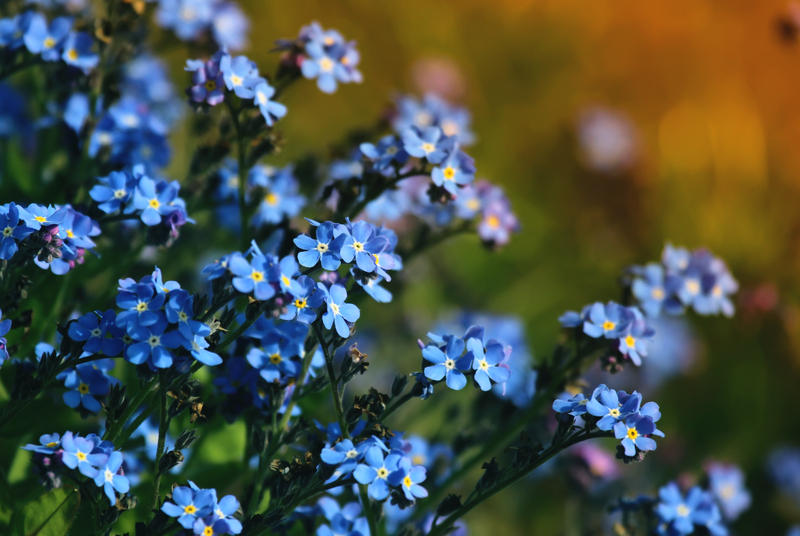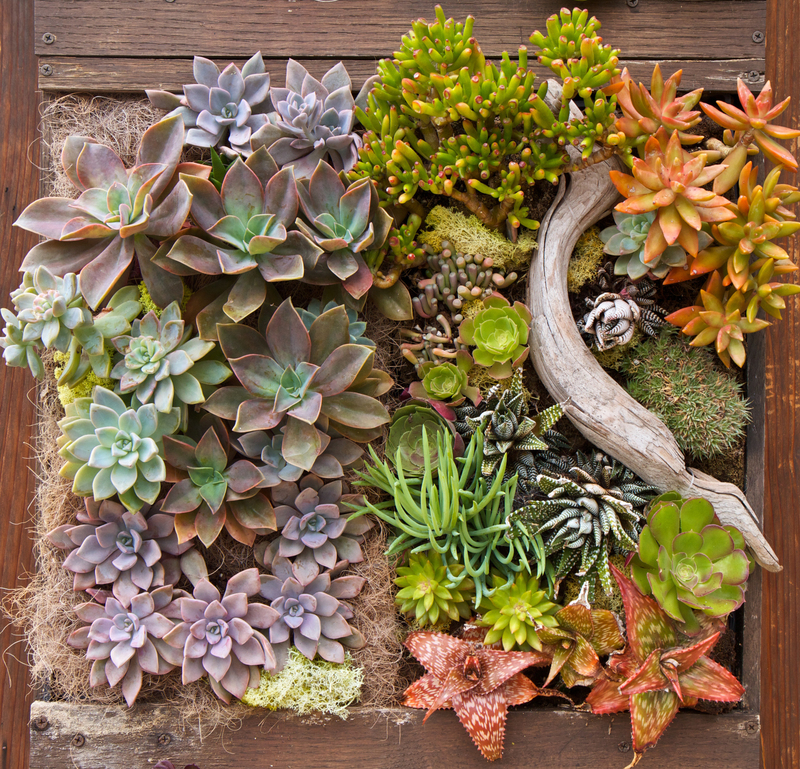Greenhouse or Polytunnel: Make the Best Choice
Posted on 13/11/2024
Growing your own fruits, vegetables, and flowers can be exceptionally rewarding. However, choosing the right environment for your plants--whether a greenhouse or a polytunnel--can significantly impact your gardening success. Both options offer their advantages and challenges, and understanding these can help you make an informed decision that suits your specific needs, climate, and budget. This article will guide you through everything you need to know about greenhouses and polytunnels, so you can make the best choice for your gardening endeavors.
Understanding Greenhouses
Greenhouses are permanent structures made of glass or polycarbonate panels and supported by a metal or wood frame. They provide a controlled environment for growing plants year-round. Greenhouses come in various sizes and styles, from small lean-to models to large, commercial-scale operations.
Greenhouses offer excellent protection against harsh weather, pests, and diseases. They also retain heat exceptionally well, making them ideal for starting seeds in the early spring or growing plants that require a warmer environment. However, they can be expensive to build and maintain, and they require a level, stable foundation.

What is a Polytunnel?
A polytunnel, also known as a hoop house, is a less-permanent structure made of metal or plastic hoops covered with a polyethylene film. Polytunnels are incredibly versatile and can be built in various sizes, from small backyard models to large commercial versions.
Polytunnels provide good protection against the elements and can extend the growing season by creating a warmer microclimate. They are more affordable than greenhouses and are relatively easy to construct and move. However, they are generally less durable and may require more frequent maintenance and replacement of the polyethylene covering.
Comparing Greenhouses and Polytunnels
When deciding between a greenhouse and a polytunnel, consider the following factors:
1. Cost
Greenhouses are typically more expensive to build and maintain than polytunnels. The materials used in greenhouses are more durable and long-lasting, but this comes with a higher upfront cost. Polytunnels, on the other hand, are more budget-friendly and can be a more feasible option for beginner gardeners or those with limited funds.
2. Durability
Greenhouses are built to last, often constructed with sturdy materials that can withstand significant weather conditions. Polytunnels are less durable and may require more frequent repairs and replacement of the polyethylene cover, especially in areas with severe weather.
3. Climate Control
Greenhouses offer superior climate control, allowing for precise regulation of temperature, humidity, and light. This makes them ideal for growing a wide variety of plants year-round. Polytunnels provide less precise climate control but still offer a warmer environment than the outside during colder months.
4. Ventilation
Greenhouses typically include built-in ventilation systems such as roof vents, side vents, and fans, which provide excellent airflow and help prevent overheating. Polytunnels rely on manual ventilation, such as opening the doors or rolling up the sides, which can result in less consistent airflow.
5. Mobility
Polytunnels are more mobile than greenhouses. They can be disassembled and moved to a different location if needed, which can be beneficial for crop rotation or changing the layout of your garden. Greenhouses are more permanent structures and are not easily moved once installed.
Pros and Cons
Greenhouse Pros:
- Excellent climate control
- Durable and long-lasting
- High level of protection against pests and diseases
Greenhouse Cons:
- Higher initial cost
- Requires a solid foundation
- Less flexibility in placement
Polytunnel Pros:
- More affordable
- Easy to construct
- Flexible and mobile
Polytunnel Cons:
- Less durable
- Less precise climate control
- May require more frequent maintenance
Tips for Making the Best Choice
1. Assess your budget: Determine how much you are willing to invest in your gardening setup.
2. Consider your climate: Evaluate the weather conditions in your area and choose the structure that offers the most protection.
3. Think about your gardening goals: Decide whether you need a controlled environment for delicate plants or a more flexible space for seasonal growing.
4. Research local building codes: Ensure that your chosen structure complies with any local regulations and permits.
5. Evaluate your gardening experience: Beginners might find polytunnels less intimidating, while experienced gardeners might prefer the precision of a greenhouse.

Takeaways
Choosing between a greenhouse and a polytunnel depends largely on your specific needs, budget, and gardening goals. Greenhouses offer superior durability and climate control, making them ideal for serious gardeners, while polytunnels provide a more affordable and flexible option suitable for beginners or those with a limited budget.
Conclusion
Both greenhouses and polytunnels have their unique advantages and disadvantages. By considering your budget, local climate, gardening experience, and specific needs, you can make an informed decision that will enhance your gardening success. Whether you choose a greenhouse or a polytunnel, cultivating your garden can bring immense satisfaction and yield a bountiful harvest year-round.






 Certified and experienced landscapers
Certified and experienced landscapers



 Get a Quote
Get a Quote